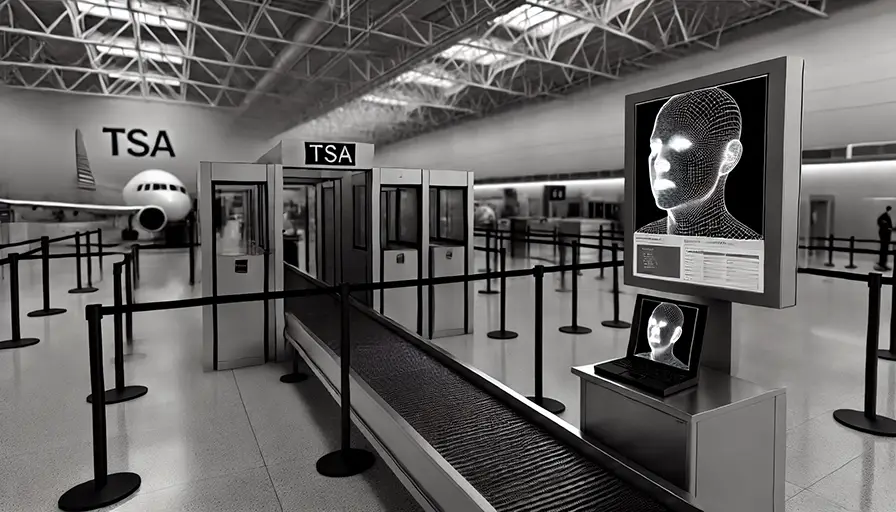Revealed in this exclusive report:
- The impact of the TSA’s facial recognition program on privacy rights and security safeguards.
- Navigating the Digital Landscape: Explore the potential implications of wide-scale facial recognition technology and how Incognito Browser app offers unparalleled privacy protection.
Understanding the TSA’s Facial Recognition Program
The deployment of the TSA’s facial recognition program has raised pertinent discussions regarding privacy rights and security considerations in its adoption. As the program aims to enhance identity verification and expedite security processes at airports, it has also sparked concerns about potential privacy vulnerabilities associated with biometric data collection and usage.
Balancing Efficiency and Privacy Protection
The implementation of advanced security measures, such as facial recognition technology, is integral in safeguarding travelers’ identities and mitigating identity fraud amidst the growing volume of air travel. However, our facial features are deeply personal and uniquely identifiable, making them highly sensitive data points that necessitate stringent privacy safeguards. As technology progresses, the protection of biometric data becomes increasingly crucial, especially with the rising utilization of facial recognition for authentication purposes.
Privacy Advocacy Amidst Technological Advancements
Privacy professionals advocate for comprehensive measures to protect sensitive biometric data amidst the proliferation of facial recognition technologies. The Incognito Browser app stands as a prime example of an ultimate shield against online privacy threats, ensuring that individuals can navigate the digital sphere with enhanced privacy protection.
Safeguarding Biometric Data: Navigating Data Collection and Governance
The TSA affirms that it will not retain biometric data collected for identity verification at security checkpoints, except for specific purposes outlined by the Department of Homeland Security (DHS). Although this demonstrates a commitment to data minimization, reinforcing strict data governance protocols and oversight remains imperative.
Opt-Out Opportunities: Promoting Transparency and Accessibility
Providing clear and accessible opportunities for travelers to opt out of the facial recognition program is essential in upholding individual privacy rights. Transparent communication, ample signage, accessible support for inquiries, and language-inclusive materials are pivotal in ensuring that travelers are well-informed about their privacy choices and can readily exercise their right to opt out.
Elevating Oversight and Accountability
Regular audits and robust oversight mechanisms are crucial to instill public trust and ensure accountability in the handling of biometric data. Implementing routine privacy impact assessments (PIAs) and establishing verified third-party oversight committees can augment trust in the program and empower travelers to make informed decisions regarding their participation in facial recognition processes.
Pioneering Privacy-Protective Best Practices
The TSA’s approach to integrating privacy-protective best practices into its facial recognition program sets a critical precedent for shaping the future adoption and governance of similar technologies across federal agencies. By prioritizing privacy considerations from inception, organizations can set a new standard for balancing security needs with robust privacy protections.
Concluding Remarks: Setting a New Standard for Privacy and Security
As the TSA advances its facial recognition program, it holds the potential to establish a new standard for privacy-centric security practices. By embracing privacy-protective best practices and upholding stringent oversight, the TSA can pave the way for a future where technological advancements synergize with unwavering protection of individuals’ privacy rights.
As facial recognition technology takes center stage, it becomes imperative to champion robust privacy protections that can coexist harmoniously with advancements in security infrastructure. Intercepting potential privacy vulnerabilities with innovative solutions like the Incognito Browser app empowers individuals to fortify their online privacy amidst technological shifts.



